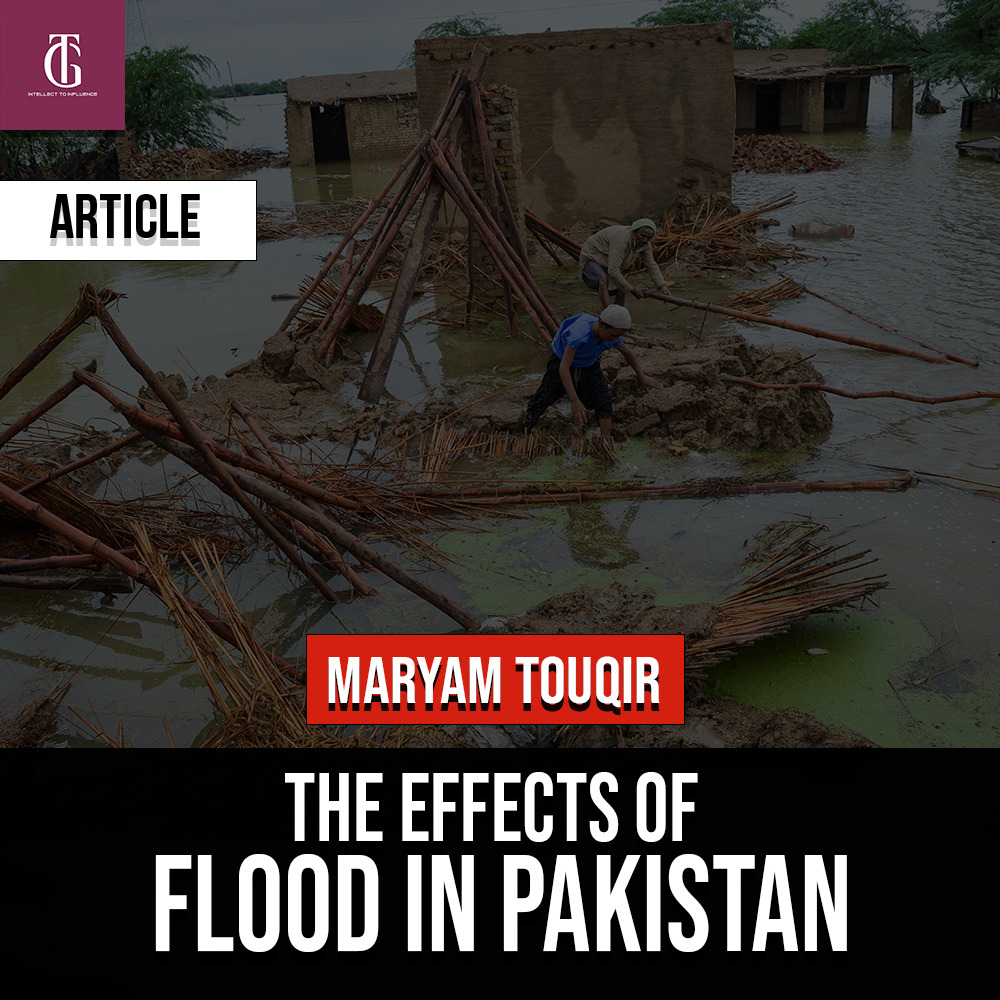In mid-June 2022, as the monsoon season descended upon Pakistan, little did its citizens anticipate the impending disaster that would unfold, devastating floods of 2022. What began as a typical rainy season turned into a historic catastrophe, catching the nation off guard.
The National Disaster Management Authority gradually sounded the alarm as water levels rose, overwhelming the approximately 150 dams, both big and small, built to regulate rivers and streams.

Impact on Residential Areas
As the floodwaters covered vast areas, it swiftly encroached upon residential zones, particularly affecting those living near rivers. Homes were submerged, and people found themselves without shelter, food, or any semblance of a normal life. The loss of homes and possessions left many in dire straits, facing a level of misery that is challenging to comprehend.
Infrastructure Breakdown
The flood wreaked havoc on the country’s infrastructure, especially in northern Pakistan, Balochistan, and the western Punjab region. Roads, flyovers, and underground highways were obliterated by the force of the water. Main thoroughfares turned into waterways, disrupting transportation and leaving people reliant on boats to navigate.
Large buildings, including malls and hotels, disappeared beneath the floodwaters, causing irreparable damage to businesses and livelihoods. The destruction surpassed that of the 2005 earthquake, making rehabilitation a monumental task requiring substantial financial resources that the country struggled to muster.
Agricultural Sector Devastation
With agriculture being the backbone of Pakistan’s economy, the flood’s impact on fields was catastrophic. Crops were destroyed, and the productivity of the land diminished due to soil erosion. The repercussions of the flood echoed through the supply chain, leading to a shortage of food, particularly affecting areas that relied on the affected regions for sustenance.
Human Toll and Healthcare Crisis
The human cost of the flood was staggering. According to the National Disaster Management Authority, over a million houses were destroyed, and more than 1,100 lives were lost. Beyond direct casualties, the stagnant water gave rise to waterborne diseases, including dengue, malaria, and typhoid. Inadequate medical facilities further exacerbated the crisis, leading to additional deaths and suffering.
Loss of Livestock
The flood didn’t spare livestock, impacting those whose livelihoods depended on animal husbandry. Animals were swept away, and the remaining livestock faced adverse conditions, contributing to the rapid spread of diseases. The loss of livestock further strained the already distressed agricultural community.
Environmental Impact
Beyond its human toll, the flood had severe environmental consequences. Vegetation was damaged, and pollutants in the floodwater disrupted water quality, impacting habitats and aquatic life. The altered landscape, coupled with the displacement of aquatic animals, added another layer of ecological distress.
Economic Downturn
Already grappling with economic challenges, Pakistan faced a further downturn. The destruction of infrastructure, disruption of supply chains, and loss of agricultural productivity dealt a severe blow to the country’s economy. The economic ripple effect extended to small businesses, exacerbating the financial strain on the nation.
Tourism Industry and Climate Change
The flood’s impact on the tourism industry was profound, with tourist attractions submerged and infrastructure in disarray. Additionally, the catastrophe raised questions about Pakistan’s vulnerability to climate change, with increased precipitation and glacial melting contributing to the severity of the flood.
International Aid and the Need for Dams
While international aid poured in, it became evident that the scale of the disaster far exceeded the resources available. Calls for increased dam construction and improved infrastructure emerged as essential steps to mitigate future flood risks.
Conclusion
The devastating floods of 2022 will be etched in Pakistan’s history as a colossal tragedy. Its multifaceted impact on lives, infrastructure, agriculture, and the economy underscore the urgent need for comprehensive measures to address the country’s vulnerabilities and build resilience against future disasters. As Pakistan embarks on the challenging journey of rehabilitation, the lessons learned from this catastrophe must guide future endeavors to safeguard the nation and its people.
Maryam is a BBA student with a keen interest in current affairs and economics:






